Opinion
Trump’s Inauguration Speech. Trump’s Vision A New Era Of Nationalism But With Huge Global Implications. Has Trump Borrowed A Chapter From Modi’s “Make In India” Strategy?
Published
9 months agoon

Donald Trump’s inauguration speech was, as expected, nothing short of dramatic. Packed with his trademark rhetoric and bold declarations, it set the stage for what his second term would look like. If there was one message that rang loud and clear, it was this – America First, the Rest Can Wait.
In his nearly 30-minute address, Trump painted a grim picture of the United States, describing it as a nation in decline, plagued by failing education systems, a struggling public health infrastructure, and what he termed “horrible betrayals” by past administrations. But if you think this was all doom and gloom, think again. Trump had a plan—one that he says will end America’s decline and restore the country’s faith, wealth, democracy, and freedom.
NATO Under the Microscope: “Payback Time”
One of the standout moments of the speech was Trump’s jab at NATO. According to him, the U.S. has been the “biggest payer” for global security for far too long. His message to NATO allies? Time to pay up. This bold stance suggests a shift in the U.S.’s role on the global stage—from being the world’s security blanket to focusing inward and demanding fairness from its allies.
The Department of External Revenue
In what might be the most controversial part of his blueprint, Trump announced the creation of a Department of External Revenue. This department would levy high tariffs on imports to fuel domestic growth. “No longer will America cut tariffs to help others prosper,” he said. Instead, others will be made to pay to help America prosper.
This approach is though is not without its repercussions. While it might strengthen American industries in the short term, it also risks triggering global trade wars, disrupting world trade, and affecting economies far and wide—including India. For Indian businesses and H-1B visa seekers, this spells uncertainty. Trump’s promise to “Make in America and Hire in America” is likely to disrupt the steady stream of dollar remittances that many Indian families rely on.
Four Key Takeaways from Trump’s Vision
1) Executive Orders
Trump laid out plans to hit the ground running with executive orders on immigration, energy, and tariffs. He vowed to declare a “national emergency” at the southern border, focusing on mass deportations and halting illegal immigration.
2) Energy Independence at Any Cost
Trump took aim at the Green New Deal, pledging to scrap it and eliminate mandates for electric vehicles. “You’ll be able to buy the car of your choice,” he quipped, showing his commitment to traditional energy sources.
3) Culture Wars at the Forefront
True to form, Trump tapped into cultural issues that have been a hallmark of his political identity. He pledged to reinforce the idea of two genders—“male and female”—and made clear his opposition to policies supporting transgender rights.
With his proposed tariff-heavy approach and a new Department of External Revenue, Trump promised to bring prosperity back to American soil. However, his plan to raise tariffs could make lowering prices a “hard” task—a significant concern given that inflation remains a top issue for many Americans.

Trump, What He Didn’t Say on Stage, but Spilled Later
Donald Trump’s inaugural address might have been measured—by his standards—but true to form, it didn’t take long for the gloves to come off. While his formal speech focused on a vision for America’s future, what he didn’t say on stage was just as revealing. From his thoughts on January 6 to promises of political retribution, Trump saved the fireworks for his off-script remarks to supporters.
Retribution on the Horizon?
Trump has long promised political payback against his critics, but how far he plans to go remains shrouded in mystery. “The scales of justice will be rebalanced,” he declared, vowing to end what he called the “vicious, violent, and unfair weaponization” of the Justice Department.
January 6: Action, Not Words
During his informal remarks at Emancipation Hall, Trump addressed what he referred to as the “J6 hostages,” promising action over empty talk. He has pledged to pardon many, if not all, of those convicted for their roles in the Capitol attack. However, this pledge isn’t without controversy—an NPR poll revealed that 62% of Americans disapprove of such pardons.
Trump’s disdain for the January 6 congressional investigation was evident. While he avoided mentioning it during his inaugural address, he later let loose, calling the committee members “thugs” and taking direct aim at Republican critics like Liz Cheney and Adam Kinzinger.
The 2020 Election
Trump couldn’t resist revisiting his favorite grievance—the 2020 election. “By the way, that election was totally rigged,” he said, doubling down on his claims of fraud. For Trump, these allegations remain the cornerstone of his political identity. “Had I thought we lost, I wouldn’t run again,” he added.
In true Trumpian fashion, he described his 2024 victory as too big to steal. “They tried like hell,” he said, “but then around 9:02, they gave up.”
Trump’s critique spanned crime, immigration, and disaster response, claiming that the government has prioritized foreign borders over American ones. He pointed to domestic failings, citing wildfires in California and hurricanes in North Carolina, accusing the administration of being unable to deliver basic emergency services. Biden’s efforts to support recovery, including a $100 billion request to Congress, were dismissed as insufficient.
Ironically, Trump’s critique of public health and education systems came despite his own low approval ratings when he left office, largely due to his handling of the COVID-19 pandemic. While the pandemic’s immediate impact has waned, inflation stemming from supply chain disruptions contributed to Biden’s declining popularity and paved the way for Trump’s comeback.
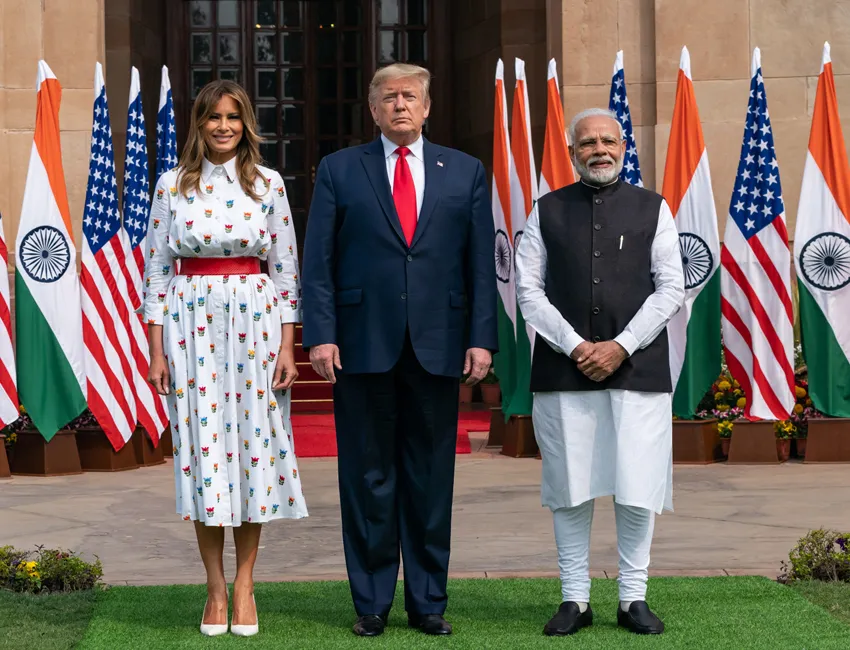
India and Trump 2.0
Trump’s policies are likely to create significant challenges for India. Known for labeling India a “tariff king,” Trump will push for reductions in Indian tariffs while simultaneously imposing higher tariffs on imports to the U.S. This could provoke a global trade war, slowing world trade and, consequently, India’s economic growth.
Additionally, Trump’s restrictive stance on H-1B visas will make it harder for Indian professionals to work in the U.S., impacting industries reliant on Indian talent. While he may push for increased arms, oil, gas, and agricultural sales to India, he will likely seek to curb Indian exports, creating a lopsided trade dynamic.
Trump’s Vision, A Nationalist Playbook Echoing Modi’s ‘Make in India’ Strategy
As Donald Trump took the oath of office, promising a revival of American greatness, his vision of a self-reliant, economically fortified nation bears striking parallels to Indian Prime Minister Narendra Modi’s “Make in India” initiative. While the contexts differ—one a developed economy reclaiming its industrial might, the other an emerging market vying for global manufacturing dominance—the underlying principles reflect a shared nationalist agenda aimed at economic transformation.
Both Trump and Modi have rallied their nations around the idea of reducing dependence on foreign markets, promoting domestic production, and revitalizing national industries. Trump’s slogan, “Make America Great Again,” resonates with Modi’s call to “Make in India,” both centered on manufacturing-led growth.
For Trump, this vision translates into higher tariffs, reshoring jobs, and cutting dependence on China. Similarly, Modi’s initiative sought to position India as a global manufacturing hub by easing regulations and promoting foreign investment in key sectors.
Economic Nationalism in Action
Trump’s inaugural address criticized the outgoing administration for prioritizing foreign borders over domestic welfare, much like Modi’s emphasis on safeguarding Indian industries against global competition. Trump’s proposed policies, including renegotiating trade deals and imposing tariffs, mirror Modi’s attempts to protect local markets through initiatives like the Atmanirbhar Bharat (Self-Reliant India) campaign.
Both leaders aim to align economic growth with a sense of national pride, creating jobs and boosting industries in ways that appeal to their respective domestic audiences. Trump’s America-first rhetoric and Modi’s self-reliance push are deeply rooted in nationalist sentiments that seek to reassert control over global economic dynamics.
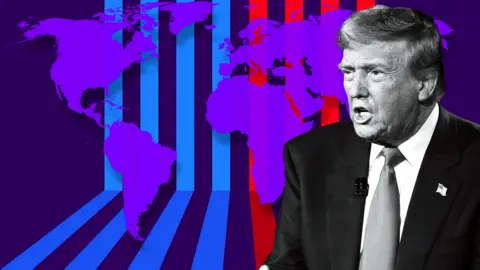
The Global Implications
However, the similarities diverge in their impact on the global stage. While Modi’s vision has sought to integrate India more deeply into global supply chains, Trump’s policies lean toward protectionism, potentially destabilizing global trade. Trump’s criticism of India as a “tariff king” and his demand for lower Indian tariffs could strain relations, despite both leaders sharing a penchant for bold economic reforms.
Both visions also illustrate a pivot away from traditional multilateralism. Modi’s emphasis on bilateral trade agreements echoes Trump’s preference for “deals” tailored to U.S. interests, sidelining larger, often slower, multilateral trade mechanisms.
Borrowed Lessons or Parallel Thinking?
While it is tempting to speculate that Trump may have drawn inspiration from Modi’s nationalist strategies, the overlap could be more a case of parallel thinking driven by the zeitgeist of economic nationalism. In an era of rising populism, leaders like Trump and Modi tap into public discontent with globalization to craft policies that promise prosperity at home.
Ultimately, while the rhetoric and goals may align, the execution and outcomes will define whether Trump’s nationalist agenda can replicate the relative successes of Modi’s “Make in India” or whether it will falter under the weight of global repercussions. The real test lies in balancing national interests with global responsibilities—a challenge both leaders must carefully consider.
A Troubling Global Outlook
Trump’s return signals a shift toward economic nationalism and transactional diplomacy, with implications far beyond India. His approach of leveraging U.S. economic power to negotiate favorable trade deals risks destabilizing global trade relationships. For India, balancing economic cooperation with Trump’s demands while safeguarding its interests will be a delicate act.
The Last Bit
1) Trump’s inauguration speech may have set a forward-looking tone, but his off-the-cuff remarks remind us that his focus is as much on settling old scores as it is on shaping America’s future. His promises of retribution and relentless claims about election fraud ensure that his presidency, if realized, will be nothing short of turbulent.
2) Trump’s vision is unmistakably inward-looking. His focus on nationalism and self-reliance could create ripple effects across the globe, potentially leading to trade disputes, economic instability, and strained international relations.
3) As Trump begins his second term, his promises of unity are overshadowed by divisive rhetoric and aggressive policies. For Democrats, his administration represents a looming challenge; for the world, a return to unpredictability. For India, the Trump era will require deft diplomacy to mitigate the impact of his policies on trade, visas, and broader bilateral relations.
Will Trump’s presidency lead to greater prosperity, or will his combative style further global tensions?
His bold promises and America-centric policies are likely to resonate with many, but the big question is can these measures truly make America great again, or will they come at a cost too high for America and the rest of the world to bear?
For now, the world—and India—waits with bated breath to what comes next?
You may like
-
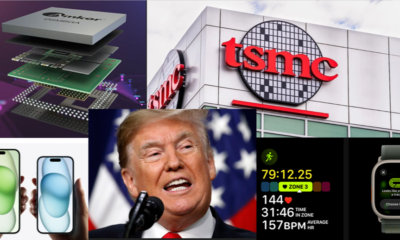

Taiwan’s ‘Historic’ TSMC Deal, A Win Or The End Of Its ‘Silicon Shield’ As China Threatens? A Jittery Taiwan Watches Trump’s Moves On Ukraine, Wondering, Could We Be Next?
-


America And China’s Thirst For Gold In 2025 Is Draining Other Countries’ Reserves; Here’s Why?
-
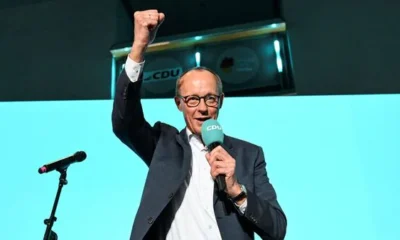

Germany’s Friedrich Merz’s Big Balancing Act—Trump, Borders & Europe’s Future. Can He Deliver?
-
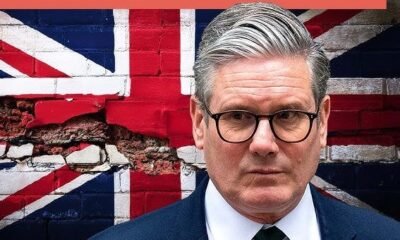

United Kingdom To Unleash Its ‘Harshest’ Sanctions On Russia Yet—But Will They Bite? How Trouble Is Brewing For Keir Starmer At Home. Shamed For Volunteering British Troops In Ukraine
-
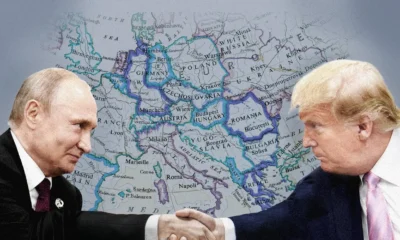

How It’s Not Trump But Vladimir Putin That Europe Is Stinging From: Trump’s U-Turn On Europe, Russia’s Strong Supply Chain—A Formidable Opponent!
-
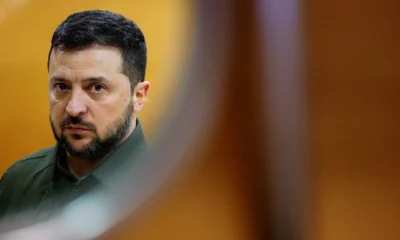

Is Ukraine Now Stuck In The US-Russia Ecosystem? Could Zelensky Have Made A Deal To Stop The War, Is Trump Right?
